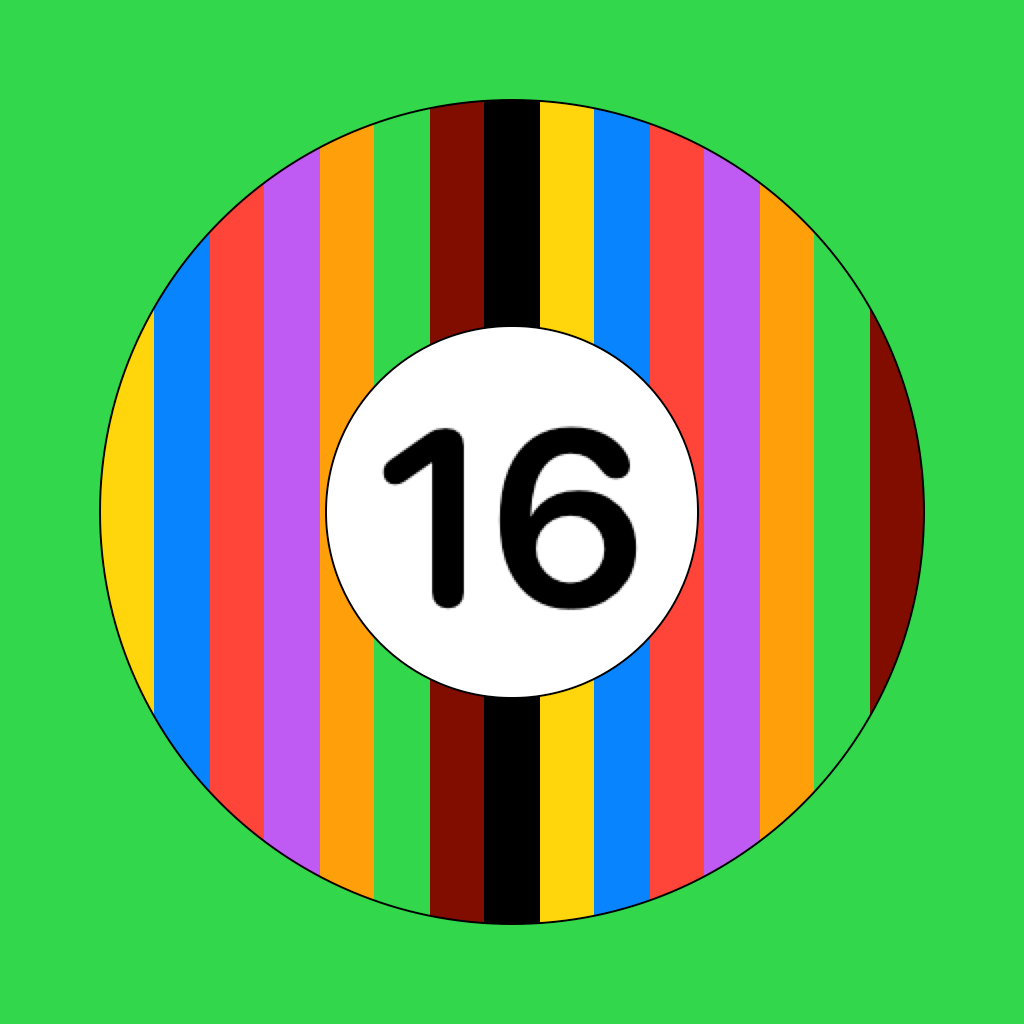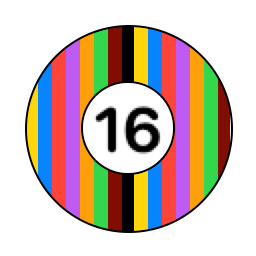Sixteen-Ball was inspired by the story of how a very young Carl Friedrich Gauss solved a teacher’s task to sum the numbers from 1 to 100. Carl reportedly realized that the series of numbers could be divided into pairs, each summing to 101 (e.g. 1 + 100, 2 + 99, etc.). The young Carl multiplied 101 * 50 and gave the teacher the answer, 5050. Whether apocryphal or not, I love this anecdote.
In the mid to late 1980s, I frequently participated in late night pool sessions with my best friend, Gil Schamess, whom I met practicing pool alone – something I was prone to do myself. He was as obsessed with the game as me, which both shocked me and forged an instant, unbreakable bond between us. He was my comrade-in-arms in feeding our mutual obsession for all things billiards. Both still relatively new players, we played as many games as we could (i.e. 8-Ball, 9-Ball, straight pool, etc.), alternating at will. Unsurprisingly, we loved the idea of creating our own game and considered doing so during our many sessions but never found the right formula.
As I studied the pool balls one fateful night during a long session with Gil, I was reminded of the Gauss story and it occurred to me that the 15 billiard balls represent seven pairs of balls that sum to 16, plus the eight-ball. I recounted the Gauss story and suggested that we might be able to use the concept to create a game based on pocketing pairs of balls totaling 16. Gil loved the idea and we worked out a rudimentary set of rules that evening. Over the following few months, we refined the rules into a reasonably complete game.
I recently returned to Sixteen-Ball to document its rules and formally share it with the billiards community at large. Thus, the original path that Gil and I started in the 1980s has ultimately lead us all here, almost forty years later. Although Gil isn't here to witness Sixteen-Ball's rebirth, I know he would be very proud and I feel his presence beside me, encouraging me at every step.

